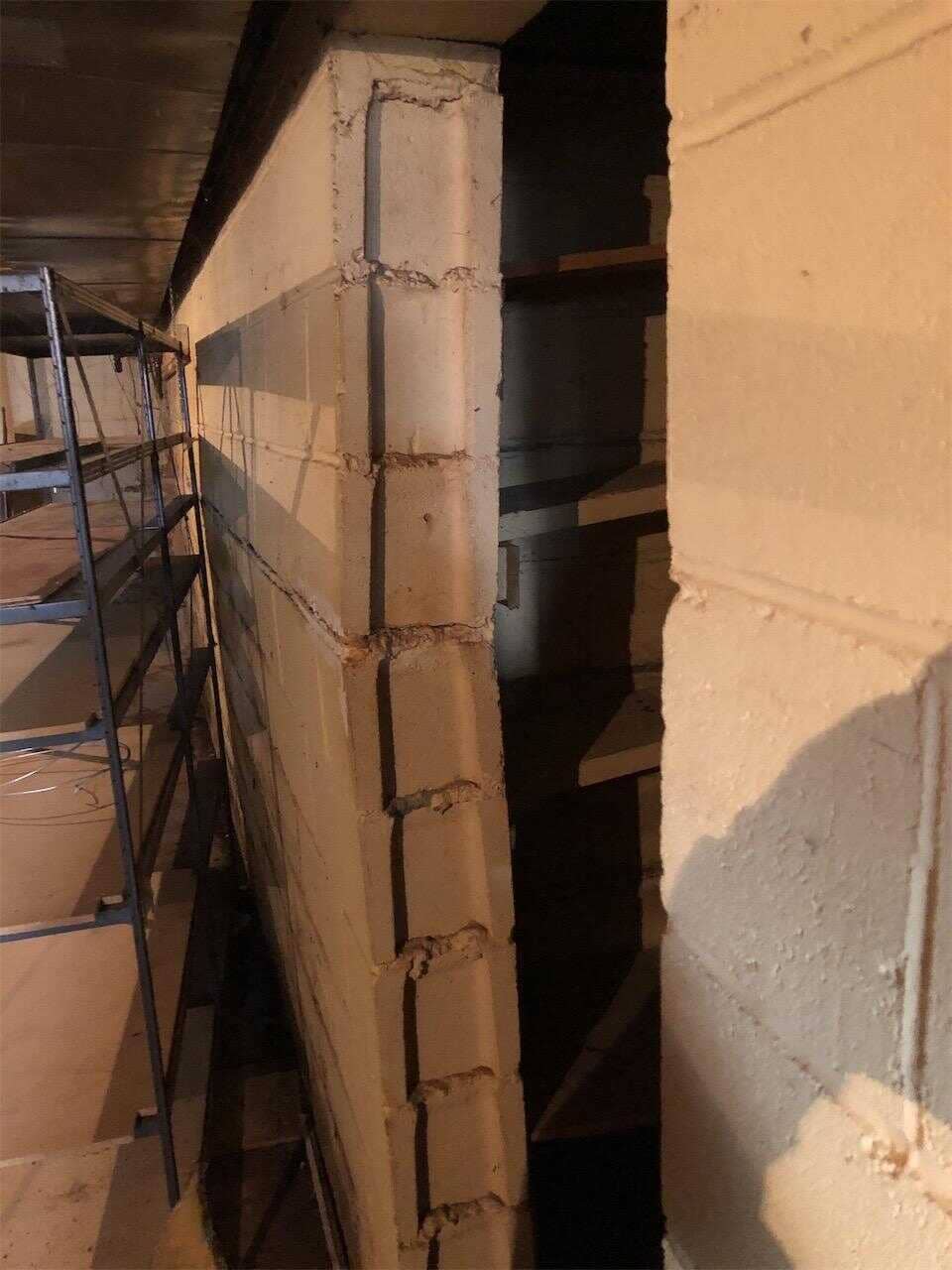Best Basement Waterproofing for Dummies
Best Basement Waterproofing for Dummies
Blog Article
10 Simple Techniques For Best Basement Waterproofing
Table of ContentsGetting My Best Basement Waterproofing To WorkFascination About Best Basement WaterproofingThe 4-Minute Rule for Best Basement WaterproofingSome Known Details About Best Basement Waterproofing Unknown Facts About Best Basement Waterproofing
AdvantaClean's skilled specialists and service technicians will certainly find the water source. If wall or slab fractures are existing, we will inject polyurethane and epoxies into the splits and secure the concession, preventing more moisture from entering.If there's condensation on the exterior of the aluminum foil, you have high humidity in your cellar. If the aluminum foil has condensation on the inside surface area (following to the wall surface), the soil around your residence may be naturally damp from a high water table or bad soil water drainage.
You can waterproof simply your interior walls, which might fix the problem. Once they dry, they stick permanently to concrete and masonry wall surfaces.
The Best Guide To Best Basement Waterproofing
Swirl the brush at the last of application to offer the wall an appealing, completed appearance. Concrete waterproof finishes can not be related to formerly repainted surface areas; examine the tag. A 5-gallon bucket costs regarding $60. Understood as densifiers, they are appropriate just for wall surfaces that have not been repainted or secured.
You comb, roll, or spray it on a lot more heavily one gallon covers just 75 square feet, not the 300 square feet common with conventional paint. Waterproof paint is fine for DIY application. You can use it over repainted surfaces, and paint over it once it's healed (one gallon expenses $37).
It can cost $10,000 to $15,000, depending upon the job needed. Exterior waterproofing entails excavating around the house fully depth of the foundation walls, then mounting a water resistant finishing or membrane layer covered by drainage panels. The panels provide a simple path for water to move to an exterior French drain at the end of your structure.
A basement without waterproofing is kind of like that. Your cellar does not want to go with a rainstorm without proper protection just as much as you don't desire to.
All About Best Basement Waterproofing
Yet if you have actually done your study, you 'd know there click are two sorts of waterproofing: inside and outside. It can get perplexing what they both mean, which one's a better investment, and what will in fact maintain the water out. Do not fret, we placed with each other this blog site to quickly define both techniques for you and review the advantages and disadvantages of each.
Outside waterproofing is a waterproofing method that involves securing your home from the outside. The foundation wall surfaces are then cleaned up, sealed, and the original source covered with a water-proof membrane layer or sealant.

The Best Strategy To Use For Best Basement Waterproofing
It's a more engaged process that requires excavating up your yard, which is expensive and lengthy. Exterior waterproofing involves eliminating whatever bordering the house, consisting of verandas, driveways, walkways, landscaping, a/c devices, decks, and so forth. If any of the work was done inaccurately and water is still entering your basement, there isn't much you can do to correct or fix it.
Interior basement waterproofing includes waterproofing from the inside. Any type of water that leaks right into your cellar is rerouted prior to it touches your flooring. It's kind of like wearing a raincoat under your clothes. It involves two points: a water drain track and a sump pump. It works by sealing the inside of your cellar wall surfaces and floorings so water that tries to get in is transported out through a sump pump.
It's an effective technique to water-proof your cellar - Best Basement Waterproofing. The drawback of indoor cellar waterproofing primarily has to do with the setup procedure. This approach requires kept products, furniture, and integrated shelving or closets to be moved from touching the basement walls. And throughout installment, your basement can't be used. The greatest distinction between both techniques is this: Exterior waterproofing is a preventative option and indoor waterproofing is a corrective solution.
Rumored Buzz on Best Basement Waterproofing
To conclude, outside and indoor cellar waterproofing are both effective methods of shielding your home from water damages. Outside waterproofing produces an click here for more obstacle that protects against water from entering your home, while interior waterproofing reroutes water that does enter your home. And it is very important to keep in mind that exterior waterproofing is a costly and turbulent setup process when compared to indoor waterproofing.
Whichever method you pick, make sure you choose a dependable and credible contractor for the task. If you have any kind of concerns about basement waterproofing, please get to out to us.
You can fill in our type below, start a chat in the bottom right-hand edge, or call us at 1-800-827-0702.
Report this page